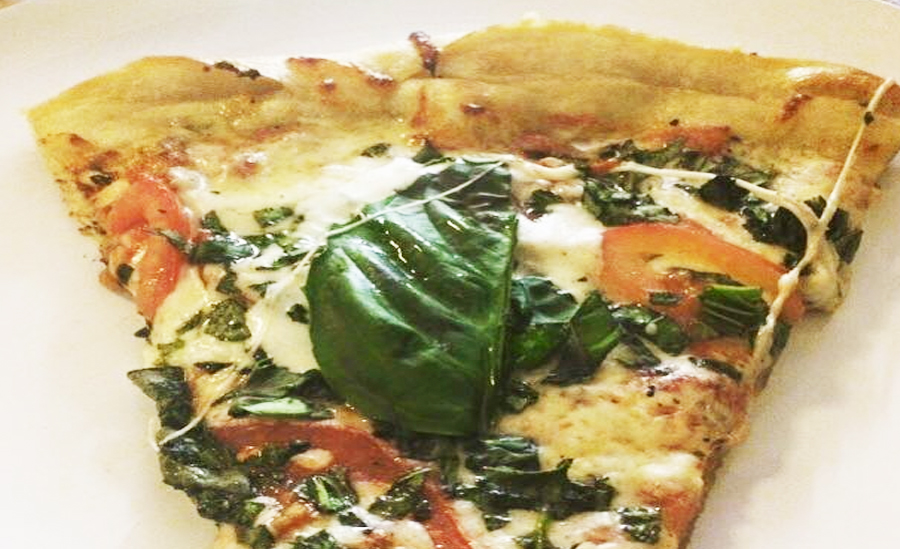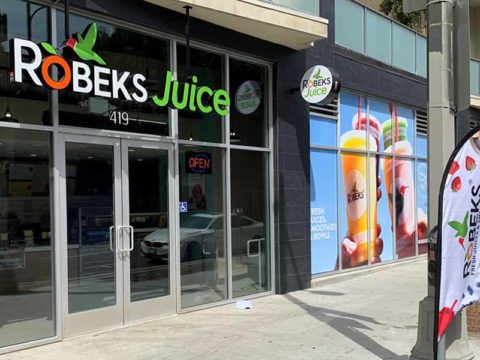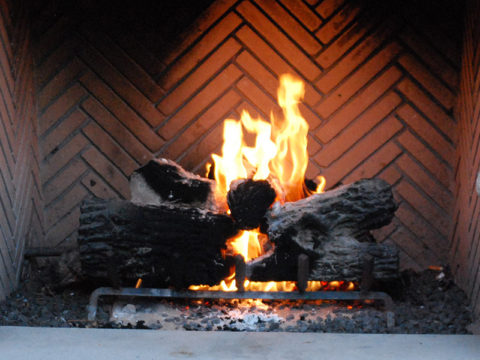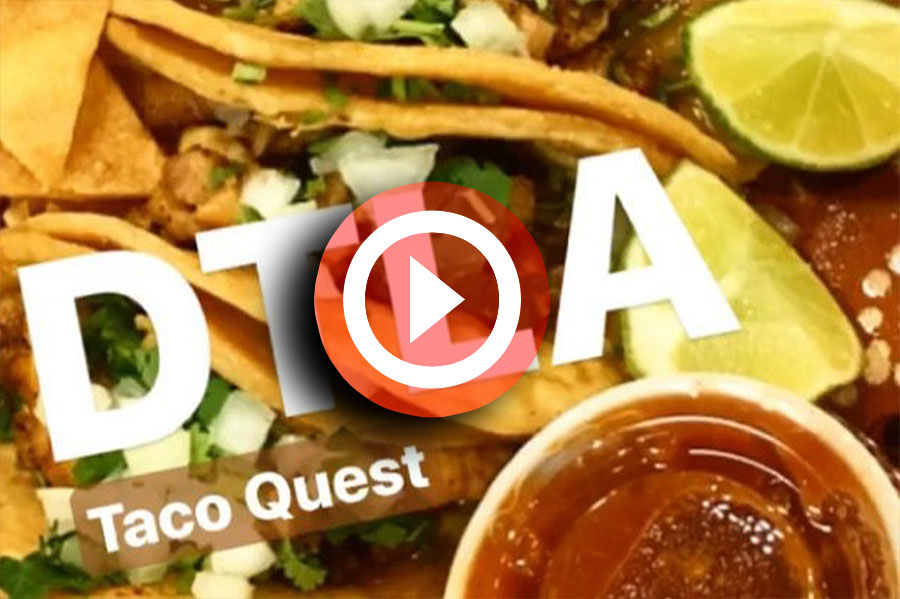
At fourteen years of age, Marc Fuentes lied about his age. He wanted a job, and not just any job. He wanted a job in food service. Today, he owns Papi’s Pizzeria, located at 109 E. 8th Street in the Downtown Los Angeles Fashion District.
Papi’s Pizzeria
For practical purposes, you know what pizza is. As usual, though, there’s a lot more to know than you probably care about. You just want to eat a great slice of pizza. You’re not really interested in how it’s made. Perhaps you should be because ingredients and cooking method make the difference between wannabe pizza and something that arouses your taste buds to the point of ecstasy.
As Marc explained, “Many pizza parlors start out using premium cheeses and meats but then begin cutting corners, going to inferior ingredients. Customers notice the difference. Young people today are very food savvy. They post pictures of what they ate on social media and talk about it. They’re very aware and very discriminating. Their palates are more mature and sophisticated.” The point is that Papi’s says no to cutting corners. And when you listen to Marc talk about it, passion pervades his articulation. This guy is committed to superior pizza. If pizza was religion, Marc would be the Pope.
Conveyor Belt Or Stone?
The magic wand to making great pizza revolves around how it’s cooked. Papi’s cooks pizza the old way – on a pizza stone. This, according to Marc, allows for a soft center and a crisp exterior. Cooking pizza on a stone requires time and attention. The pizza has to be carefully tended while cooking to make sure it doesn’t get too hot or cook too fast. Most chain pizza parlors – Domino’s, Little Caesar’s, Round Table, etc. – use conveyor belt ovens. It’s faster, easier and stupid-proof, and allows the chains to pump out hundreds of pizzas per day. The catch is they all taste the same – bland and boring, with a metallic undertone.
Zappata Pizza
Not Papi’s pizza. Marc stated, “We do a classic pizzeria style pizza. We stick to traditional pizzas. I have to heat my stone up for at least two hours before I can do proper work.” Papi’s does one non-traditional pizza called the Zappata Pizza, which reflects the unique culture of downtown L.A. A Zappata Pizza is topped with mozzarella, sliced tomatoes, chorizo jalapenos, cilantro and spicy tomato sauce.
“At the end of the day, we only do three things: classic pizza, salads and potato wedges. This is what we do. You won’t find us trying to do fifty other things,” said Marc.
Prior to opening Papi’s Pizzeria, Marc lived in downtown L.A. and decided the area needed a pizza parlor. Papi’s was born and within two years eleven other pizza parlors popped up. Most of the latecomers are no longer around. But with the new development in downtown L.A., Marc sees the landscape of downtown L.A. changing. Big chains are moving in because developers tend to want tenants that are financially stable. That being said, Marc doesn’t worry about competition from franchise pizza parlors. Papi’s quality and service set it apart.
Getting The Word Out
When asked if Papi’s Pizzeria engaged in marketing, Marc’s answer will surprise you, simply because in today’s world we’re inundated by advertising. And generally, businesses believe you can’t succeed without a massive advertising budget and a host of marketing personnel. Papi’s proves that an excellent product and superior service, not just lip service to superior service, but to quote Coca-Cola, “the real thing,” attracts consumers.
Marc replied, “You know what, we did not market our business at all, except for the little bit we did on social media. We’ve never really gone forward with an ad campaign. But just as of last week, we started with our first full-time publication, called the U.S. Menu Guide, which is distributed to all the downtown hotels and is part of the welcoming packages for the new buildings.”
Pizza Connects People
As the interview wound down, the final question was: what question he would ask if he was the interviewer. He thought for a second, then said, “Why pizza?”
“Okay, why pizza?”
“Pizza is something that crosses all lines, all economic lines, all social lines. We wanted to serve everyone. Everybody can afford our pizza. You can come in and get a slice of pizza for $3. It’s an item we can serve to anyone,” said Marc. “I serve people on the 50th floor of the U.S. Bank building. These guys are worth tens of millions of dollars. And they love eating my pizza. And ten minutes later, back in the shop, I’m serving a slice of pizza to someone who scrounged up three dollars.”
Pizza connects you to your family and friends. And if you want to connect to the best pizza in L.A., jelly-roll on over to Papi’s. Ask for Marc; he’ll set you up.
213.623.3588
109 E. 8th Street
Los Angeles, CA 90014












